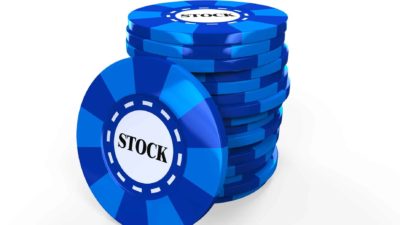I'm sure we'd all like to secure a second income of $1,000 a month. That would probably cover most people's utility bills alone, with a bit left over for other expenses or extra pocket money.
But most Australians who hold a second passive income stream as an unachievable pipe dream probably don't realise that you can use ASX shares to do just that. And you can even make it happen with as little as $5 a day.
The real beauty of investing in shares is that it allows us to unlock the powers of compounding – what Einstein famously called the eighth wonder of the world. Even a basic, hands-off index fund like the SPDR S&P/ASX 200 Fund (ASX: STW) has managed to achieve an average rate of return of 7.64% per annum over the past 22 years or so.
Of that 7.64%, 4.7% came from dividend income. We'll reinvest those dividends for a while, but this will end up being the source of our secondary income stream once we get our capital high enough to fund a second income of $1,000 a month.
Under the rule of 72, this will allow our money to double every nine-and-a-half years if left alone.
That's enough compounding power to see even a modest wage earner enjoy a comfortable retirement if strictly adhered to over a working lifetime.
But let's see what investing $5 a day at this rare of return could get us.
How much passive income can you make from $5 a day?
So $5 a day ends up working out to be $35 a week, or $1,825 a year. Let's assume a 20-year-old just starting out in the workforce invests their life savings of $5,000 in an ASX index fund like STW, and adds $5 a day to their nest egg going forward.
If they are still able to achieve an average rate of return of 7.64% per annum (which is not guaranteed by any means), they will have a total of $37,979 to their name after a decade. That's decent, especially considering only $18,250 of that $37,979 is our investor's own money. But it's still not enough to fund a second income of $1,000 per month.
We get to that magic number after 30 years, or when our 20-year-old investor turns 50. By that age, and again assuming the same rate of return, our investor will then have a grand total of $259,876 for their nest egg.
If our index fund is still yielding 4.7% in dividends, our investor can then flick the switch from reinvestment to income, and pull out a pleasing $12,214 annually (around $1,018 a month) from their investing portfolio.
Not bad.
But, just for fun, let's assume our investor invests $10 a day, rather than $5. That would see them get to the '$1,000-a-month' stage seven years early after just 23 years. If we double it again to $20 a day, our timeline is cut again to 17 years. That's the power of compounding in action.









